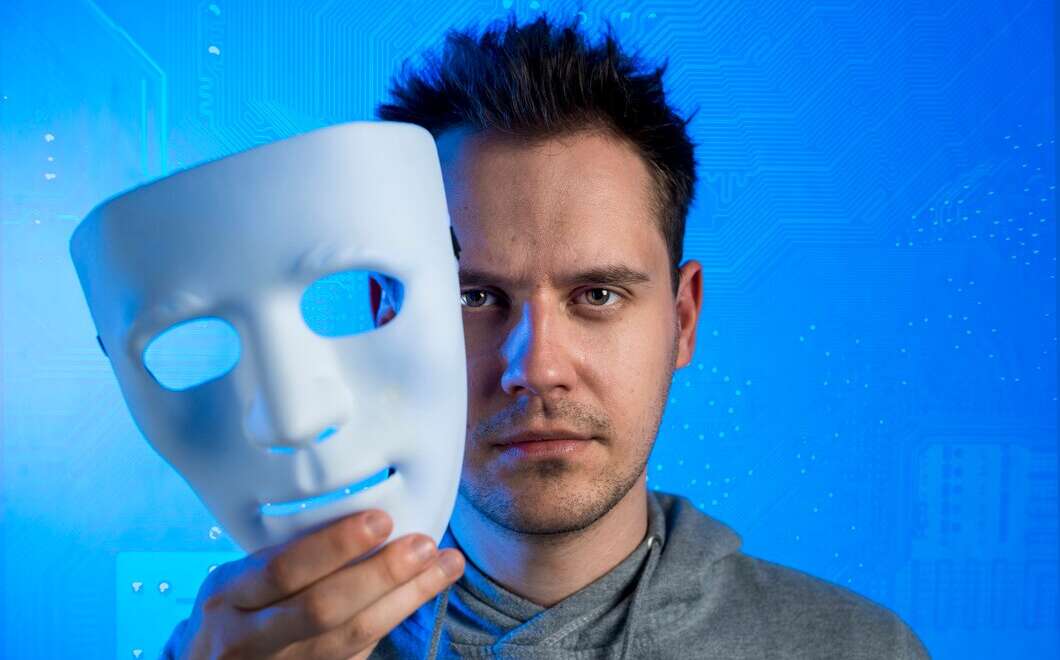
In recent years, the entertainment industry has witnessed the emergence of a groundbreaking technology known as deepfake. This technology leverages artificial intelligence (AI) and machine learning algorithms to create highly convincing, often indistinguishable, fake videos and images. Initially developed for entertainment and digital art, deepfake technology has found its way into the film industry, raising ethical concerns, presenting creative possibilities, and posing unique challenges. This article delves into the rise of deepfake technology in film, exploring its ethical implications, the challenges it presents, and the innovative potential it brings to the world of cinematic storytelling.
Deepfake technology offers exciting creative possibilities in film, but also presents ethical tightropes filmmakers must navigate.
The Manipulation Tightrope:
A primary concern is the potential manipulation of reality. Deepfakes can convincingly alter performances, blurring the lines between truth and fiction. This raises questions about filmmakers’ responsibility to accurately depict historical events and public figures. Can viewers trust what they see on screen, or will films become battlegrounds for misinformation?
The Impersonation Tightrope:
Deepfakes’ ability to create realistic impersonations presents a significant ethical dilemma – consent. Imagine an actor’s likeness superimposed on another body, used in explicit content or a fabricated narrative. Filmmakers must grapple with the ethical implications of using someone’s likeness without permission and the potential damage to that person’s reputation.
The Actor Autonomy Tightrope:
As technology advances, deepfakes pose challenges to actor autonomy. The ability to manipulate performances in post-production could lead to actors being portrayed in ways they never intended. This raises concerns about the control actors have over their on-screen image and the need for clear guidelines and consent processes surrounding deepfake use.
Deepfake videos remind us that in the age of advanced technology, the line between reality and illusion can blur, challenging our perceptions and underscoring the importance of critical thinking and discernment
Deepfake technology presents both exciting possibilities and significant hurdles for the film industry.
Technical Hurdles: Creating high-quality deepfakes necessitates a deep understanding of artificial intelligence and machine learning. This complexity creates a steep learning curve for filmmakers accustomed to traditional methods.
Balancing Realism and the Uncanny Valley: A significant challenge lies in achieving realism without venturing into the “uncanny valley.” This term describes the viewer’s discomfort with humanoid objects that appear almost, but not quite, human. Deepfake creators must navigate this delicate balance to ensure their creations are convincing without causing unease.
Legal and Regulatory Considerations:
The film industry operates within a complex legal framework, and deepfakes introduce new challenges. Filmmakers and studios must carefully consider issues surrounding intellectual property, privacy, and consent, working within existing legal frameworks and anticipating potential changes as the technology evolves.
Untapped Creative Potential:
Despite these challenges, deepfakes offer exciting possibilities for filmmakers.
-
Historical Recreation and Biopics:
Deepfakes can recreate historical events and depict iconic figures with unprecedented authenticity. Biopics and historical dramas can benefit from this technology, bridging the gap between imagination and historical accuracy. -
Seamless Franchise Continuation:
This technology offers solutions for continuing film franchises when key actors are unavailable. By seamlessly integrating deepfakes, filmmakers can maintain visual consistency and ensure a smooth narrative flow. -
Enhanced Special Effects and CGI:
Deepfakes can enhance traditional special effects and CGI, allowing for a more nuanced and realistic approach to visual storytelling. This includes bringing fantastical creatures to life, transforming actors’ appearances, or even “resurrecting” beloved characters.
The Future of Storytelling:
The rise of deepfake technology marks a new era in cinematic storytelling, blurring the lines between reality and fiction. While ethical concerns and technical challenges require careful consideration, the creative potential of deepfakes offers filmmakers unprecedented opportunities for innovation. As the industry grapples with responsible use, navigating a balance between ethics and creative exploration will ultimately shape the future of storytelling on the silver screen. Deepfakes prompt filmmakers, audiences, and stakeholders to engage in crucial conversations about the ethical boundaries, technical capabilities, and artistic possibilities this technology brings to cinema.








So happy to be here again my friend!